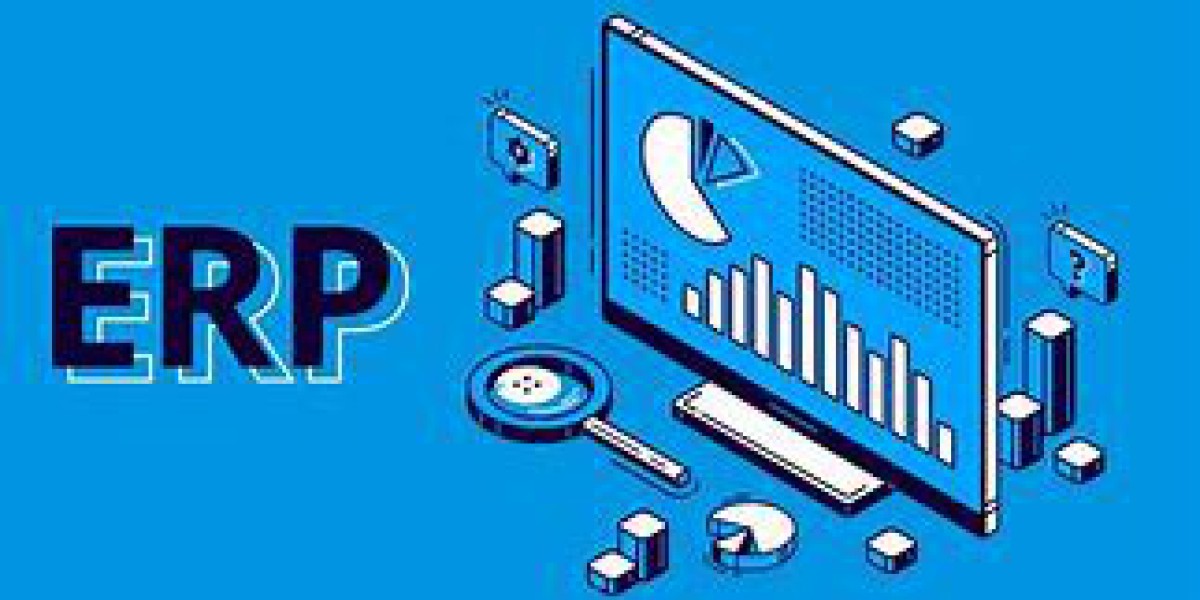Scope and deliverables: Conduct a thorough review of ERP vendor contracts to understand and ensure compliance with terms, conditions, and deliverables. Work with your project team to review and agree on a statement of Work (SOW) detailing the scope, timeline, and specific deliverables of the project. Develop a realistic project timeline that includes major milestones, dependencies, resources, and risk assessments.
Resource review: Assign clear roles and responsibilities to each team member to ensure a balanced distribution of tasks. Resolve any conflicting priorities or resource constraints to prevent project delays. This task must be repeated throughout the project. Ensure that adequate resources (human, technical, financial) are allocated to project requirements.
Budget outline: Calculate the total cost of the ERP project, including software, hardware, training, and consulting fees. Break the budget down into phases that align with the project schedule. Allocate funds to specific tasks and contingencies to effectively manage financial risk.
Risk assessment: Identify potential challenges in ERP implementation, such as technical difficulties, user resistance, or data migration issues. Develop strategies to mitigate these risks, including contingency plans or additional training programs.
Communication Plan: Develop a communication strategy that clearly Outlines how updates, changes, and decisions will be communicated to stakeholders. Plan to hold regular project status meetings and updates to keep all stakeholders informed. Implement feedback mechanisms to receive and process input from executive team members and other stakeholders.
Data transformation Planning: Plan a data migration strategy for migrating existing data to a new ERP solution to ensure data integrity and compatibility. Includes steps to clean and organize data before migration. Establish a process for testing and validating migration data to ensure accuracy and functionality.
Change Management: Develop strategies to manage organizational changes resulting from ERP implementation. Focus on staff training, communication, and support to ensure a smooth transition. Engage with employees and stakeholders to ensure buy-in and minimize resistance. Develop a comprehensive training plan to prepare employees to use the new system.
Authorization and approval: Ensure that project milestones and decisions receive all necessary internal and external approvals. Periodically check compliance with legal, regulatory, and contractual requirements. Keep documentary evidence of all authorizations and approvals for future reference to ensure that the project meets all necessary standards and regulations.
Alice
29 Blog posts



